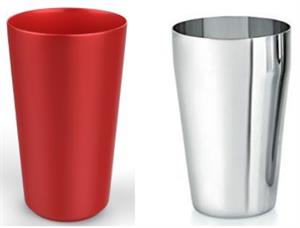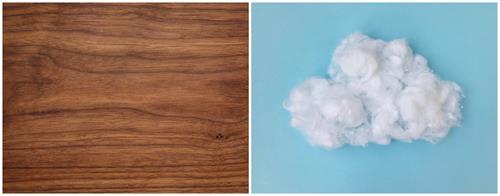
PUMPA - SMART LEARNING
எங்கள் ஆசிரியர்களுடன் 1-ஆன்-1 ஆலோசனை நேரத்தைப் பெறுங்கள். டாப்பர் ஆவதற்கு நாங்கள் பயிற்சி அளிப்போம்
Book Free DemoHave you ever wondered why we cook with aluminium vessels rather than plastic? Why are we making slippers out of plastic rather than iron?
Every object has its own set of unique properties and features. We make use of those objects based on their characteristics. So, let us now look at some of the common properties of the materials we are surrounded by.
What are the properties of materials?

Properties of materials:
1. Appearance
2. Hardness
3. Soluble or insoluble
4. Objects may float or sink in water
5. Transparency
Appearance
The materials that surround us appear to be different from one another. For example, plastic bottles are not the same as steel or iron bottles. Likewise, the paper we use has a different appearance than the wood.

A plastic tumbler is not the same as a steel tumbler
We may divide materials into two categories based on their appearance:
1. Materials with shiny or lustre appearance
2. Materials with dull or no lustre appearance
2. Materials with dull or no lustre appearance
Materials with shiny or lustre appearance:
Lustre materials are usually glowing or bright in appearance. Materials such as silver, gold, diamond, iron, copper have a shiny appearance.

Lustre appearance: gold, diamond and silver
Some materials like iron and copper might lose their shiny due to air and moisture on their surface. But when these materials are taken out from the ground, they carry a shiny appearance.
Materials with dull or non- lustre appearance:
The word "no lustre" refers to materials that appear dull or non-shiny.
Examples: Wood, paper, plastic, rubber, cotton, etc.

Non-lustre appearance